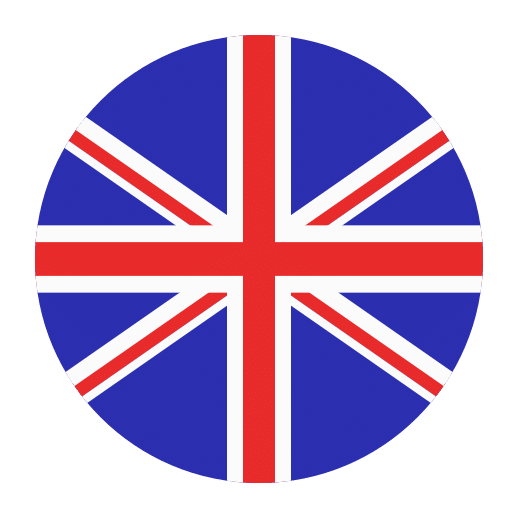Understanding the differences between the Past Simple and Past Continuous tenses is crucial for mastering English grammar. Both tenses are used to describe actions that happened in the past, but they are applied in different contexts and convey different nuances. This article will delve into the specifics of each tense, offering explanations, examples, and practical tips to help you use them correctly.
Past Simple Tense
The Past Simple tense is used to describe actions or events that were completed at a specific point in the past. It is straightforward and often used in storytelling to outline a sequence of events.
Forming the Past Simple Tense
For regular verbs, the Past Simple is formed by adding -ed to the base form of the verb. For example:
– Walk -> Walked
– Talk -> Talked
– Clean -> Cleaned
However, English is notorious for its irregular verbs, which do not follow this pattern. Here are some common examples:
– Go -> Went
– Eat -> Ate
– Drink -> Drank
Usage of Past Simple
1. **Completed Actions in the Past:**
– “I visited Paris last year.”
– “She finished her homework.”
2. **A Series of Completed Actions:**
– “He entered the room, turned on the light, and sat down.”
3. **Duration in the Past (often with expressions like ‘for’ and ‘all’):**
– “He lived in Tokyo for five years.”
– “She worked all night.”
4. **Habits in the Past (often with frequency adverbs):**
– “I always walked to school as a child.”
– “They often played tennis on weekends.”
5. **Permanent Situations in the Past:**
– “He was the president of the company.”
Past Continuous Tense
The Past Continuous tense, also known as the Past Progressive, is used to describe actions that were ongoing at a specific point in the past. It provides a backdrop for events in the Past Simple tense.
Forming the Past Continuous Tense
The Past Continuous is formed using the past tense of the verb “to be” (was/were) followed by the present participle (-ing form) of the main verb. For example:
– I was walking.
– They were talking.
– She was reading.
Usage of Past Continuous
1. **Ongoing Actions in the Past:**
– “I was reading a book when you called.”
– “They were eating dinner at 7 PM.”
2. **Interrupted Actions:**
– “She was watching TV when the power went out.”
– “He was sleeping when the phone rang.”
3. **Parallel Actions:**
– “While I was cooking, he was setting the table.”
– “They were dancing while the band was playing.”
4. **Setting the Scene in the Past:**
– “The sun was shining, and the birds were singing.”
– “It was raining heavily.”
Key Differences Between Past Simple and Past Continuous
Understanding the key differences between these tenses will help you use them correctly.
1. **Completed vs. Ongoing Actions:**
– Past Simple: “She finished her homework.”
– Past Continuous: “She was doing her homework.”
2. **Specific Time vs. Ongoing Time Frame:**
– Past Simple: “I called you at 6 PM.”
– Past Continuous: “I was calling you at 6 PM.”
3. **Interruptions:**
– Past Simple: “The phone rang.”
– Past Continuous: “I was reading when the phone rang.”
4. **Setting the Scene:**
– Past Simple: “It was a sunny day.”
– Past Continuous: “The sun was shining, and the birds were singing.”
Common Mistakes and How to Avoid Them
Even advanced learners of English can make mistakes when using Past Simple and Past Continuous. Here are some common pitfalls and how to avoid them:
1. **Using Past Simple for Ongoing Actions:**
– Incorrect: “I read when you called.”
– Correct: “I was reading when you called.”
2. **Using Past Continuous for Completed Actions:**
– Incorrect: “She was finished her homework.”
– Correct: “She finished her homework.”
3. **Confusing Interrupted Actions:**
– Incorrect: “I was calling you and you didn’t answer.”
– Correct: “I called you, but you didn’t answer.”
4. **Mixing Up Time Expressions:**
– Incorrect: “I was going to the store yesterday.”
– Correct: “I went to the store yesterday.”
Practice Makes Perfect
To master the use of Past Simple and Past Continuous, practice is essential. Here are some exercises to help you get started:
Exercise 1: Fill in the Blank
1. While I _______ (read), the phone _______ (ring).
2. They _______ (play) soccer when it _______ (start) to rain.
3. She _______ (cook) dinner when I _______ (arrive).
4. I _______ (see) him at the party last night.
5. We _______ (watch) TV all evening.
Exercise 2: Rewrite the Sentences
1. I was having lunch when he called me.
– Rewrite using Past Simple for the main action.
2. She finished her homework before she went out.
– Rewrite using Past Continuous for the first action.
3. They were playing tennis when it started to rain.
– Rewrite using Past Simple for both actions.
4. I saw him while I was walking to the store.
– Rewrite using Past Simple for both actions.
5. He was reading a book when the lights went out.
– Rewrite using Past Simple for the ongoing action.
Exercise 3: Storytelling
Write a short story (150-200 words) about a past event. Use both Past Simple and Past Continuous tenses to describe the actions and set the scene. For example, you can write about a memorable trip, a funny incident, or an unexpected event.
Conclusion
Mastering the Past Simple and Past Continuous tenses is a critical step in your journey to fluency in English. By understanding their differences, practicing regularly, and paying attention to common mistakes, you can use these tenses accurately and confidently. Remember, language learning is a gradual process, and consistency is key. Keep practicing, and you’ll find yourself using these tenses with ease in no time!

